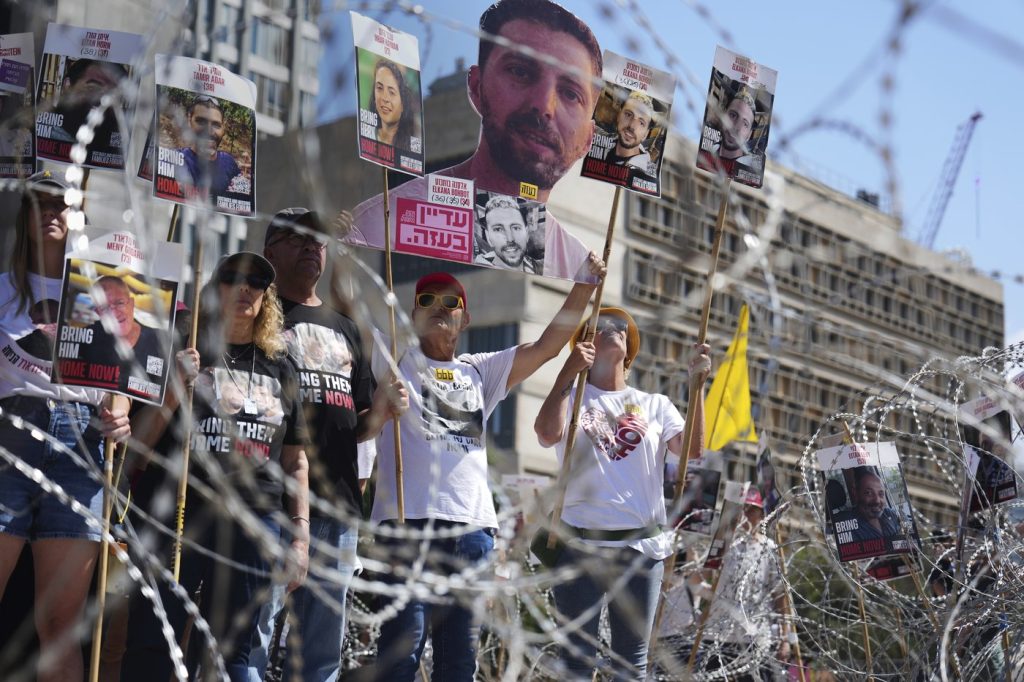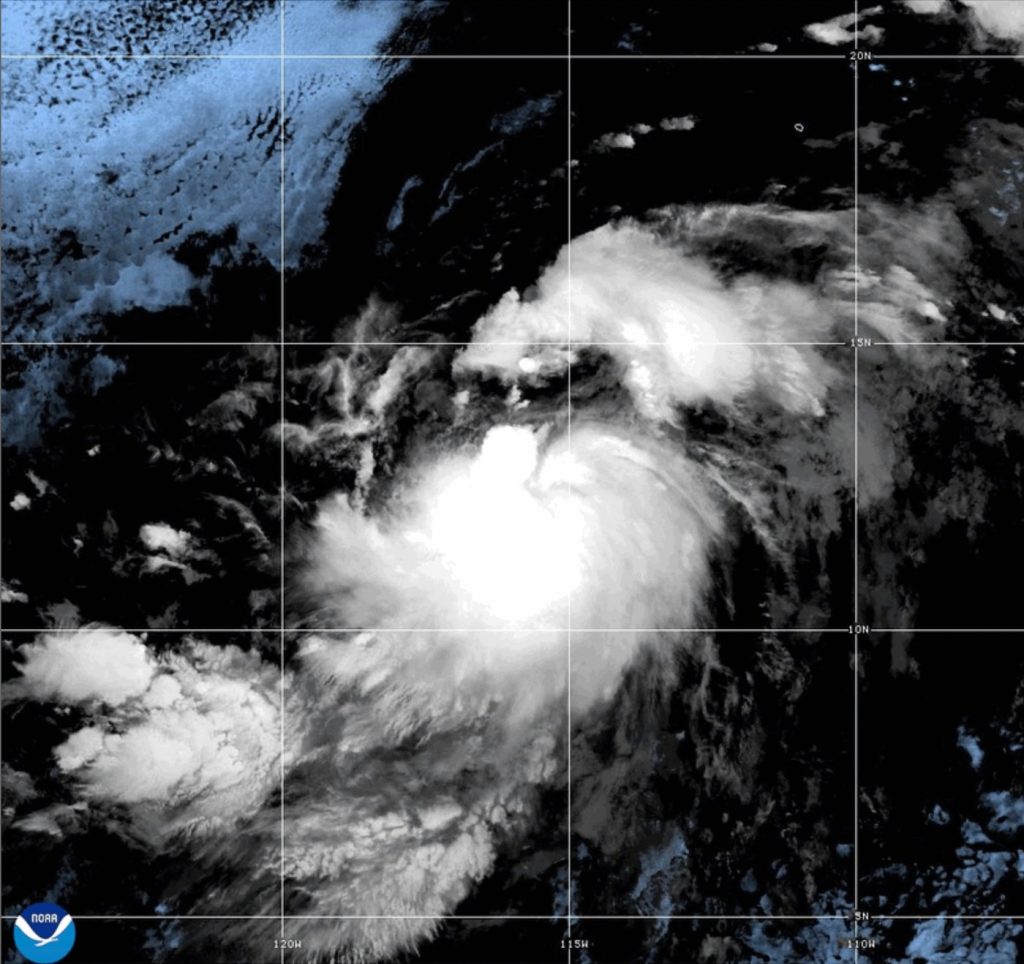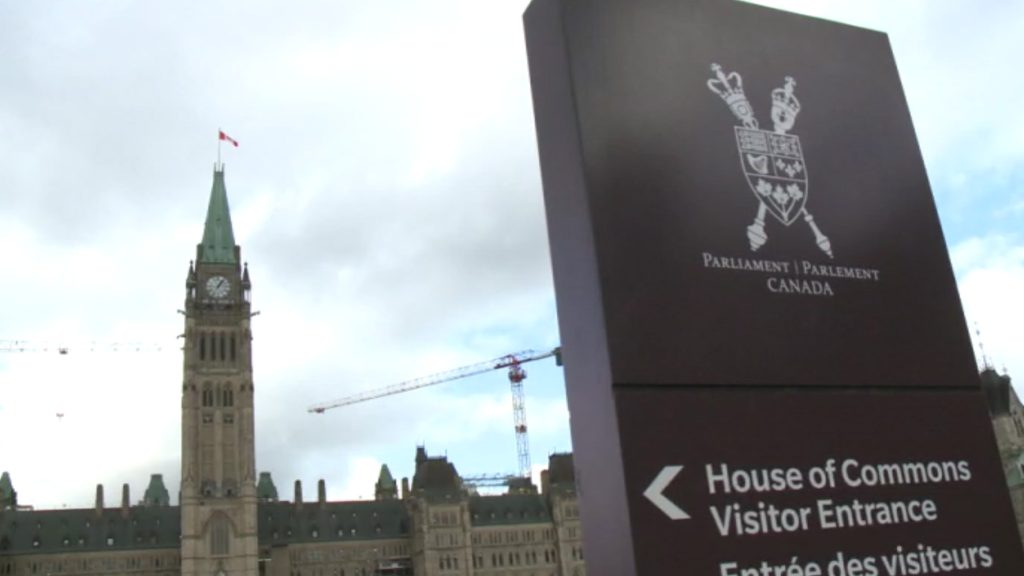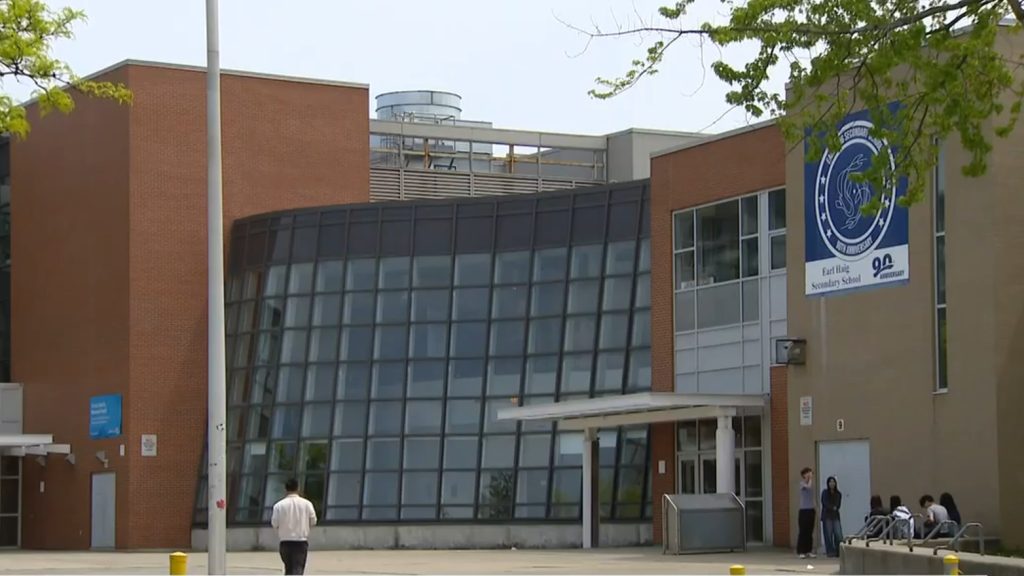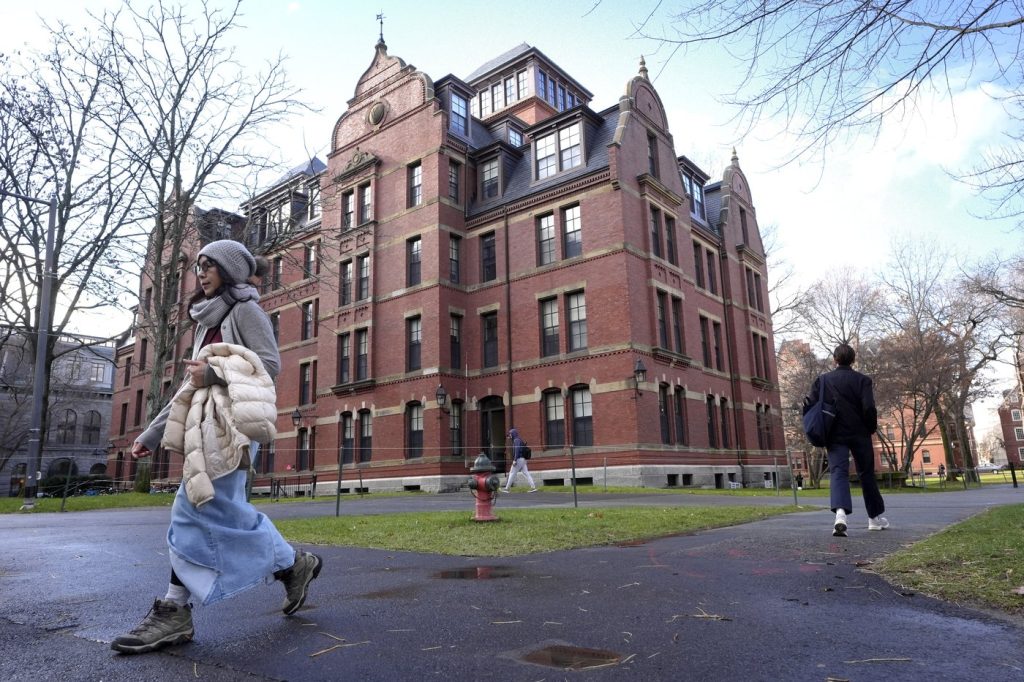DEIR AL-BALAH, Gaza Strip (AP) — On Saturday, Israeli forces opened fire near two aid distribution sites operated by the Gaza Humanitarian Foundation (GHF), resulting in the deaths of at least 10 people, according to witnesses and health workers. This violence occurred shortly after U.S. officials visited a GHF site, with the U.S. ambassador labeling the humanitarian system as "an incredible feat."
Additionally, 19 individuals were killed near the Zikim crossing from Israel while seeking aid, reported Fares Awad, head of Gaza's health ministry's ambulance and emergency services. With more than 2 million people in Gaza relying on aid after nearly 22 months of conflict, the dire situation has prompted international scrutiny.
Despite Israel announcing limited humanitarian pauses and airdrops aimed at delivering food to the besieged population, the United Nations and other partners argue that the amount of aid entering Gaza remains vastly insufficient. Supplies have been reportedly waiting outside Gaza for Israeli approval, with many trucks encountering theft by desperate individuals before reaching their intended warehouses.
Experts have recently warned of a "worst-case scenario of famine" occurring in Gaza. Over the past 24 hours, Gaza's health ministry reported seven deaths attributed to malnutrition-related causes, among them a child. Germany's government emphasized that the current level of humanitarian aid is “far from sufficient,” noting that 500 to 600 trucks are necessary daily.
The families of the 50 hostages still held in Gaza expressed concern that their loved ones might also be suffering from hunger, and they have directed their frustrations toward Hamas. Following the release of images showing an emaciated hostage, Evyatar David, his brother Illay urged that humanitarian aid intended for relieving suffering must also reach hostages.
Near the GHF distribution sites, Yahia Youssef described the tragic scene as he assisted the wounded. He recounted a grim routine of violence, saying, "It's the same daily episode." Health workers reported that at least eight fatalities occurred near the northernmost GHF site, while additional casualties were confirmed in the Shakoush area by witnesses. The Israeli military claimed they only fired warning shots.
GHF has contended that its armed personnel resorted only to pepper spray or warning shots to manage crowd control and asserted that nothing violent happened at their distribution sites. In response, Israel's military expressed a goal of enhancing safety for routes under their control.
Since its inception in May, the GHF, backed by substantial U.S. funding, aimed to replace the U.N.-operated system, which had previously delivered humanitarian aid but was accused by Israel of allowing Hamas to divert supplies. The U.N. has denied these claims, and the absence of evidence from Israel supports skepticism regarding this allegation.
According to a recent U.N. report, 859 individuals have died near GHF sites from late May to the end of July, with hundreds more casualties connected to U.N.-led food convoys. Although Israel and GHF refute the reported death toll, the ongoing situation raises grave concerns.
Airdrops conducted by a Jordan-led coalition, which involves Israel, the UAE, Egypt, France, and Germany, represent an alternative aid strategy, yet experts remark that this approach remains inadequate and perilous for those affected.
Meanwhile, U.S. President Donald Trump's special envoy, Steve Witkoff, met with the families of hostages on Saturday, amidst growing pressure to resolve the ongoing conflict. Many family members expressed frustration over the lack of actionable insights from the meeting, with calls for the Israeli government to negotiate a deal to bring their loved ones home.
As airstrikes continue, Nasser Hospital reported receiving multiple casualties from Israeli strikes on shelters for displaced individuals. The health ministry confirmed that two airstrikes resulted in civilian deaths, adding to the toll of destruction in the area.
In the wake of the ongoing war which commenced on October 7, 2023, following a Hamas attack that killed roughly 1,200 people in Israel, the casualty figures have soared, with Gaza's Health Ministry reporting over 60,400 Palestinian deaths. The ministry, operating under Hamas governance, claims that the majority of the deceased are women and children, with a noted increase in malnutrition-related fatalities since hostilities began.


